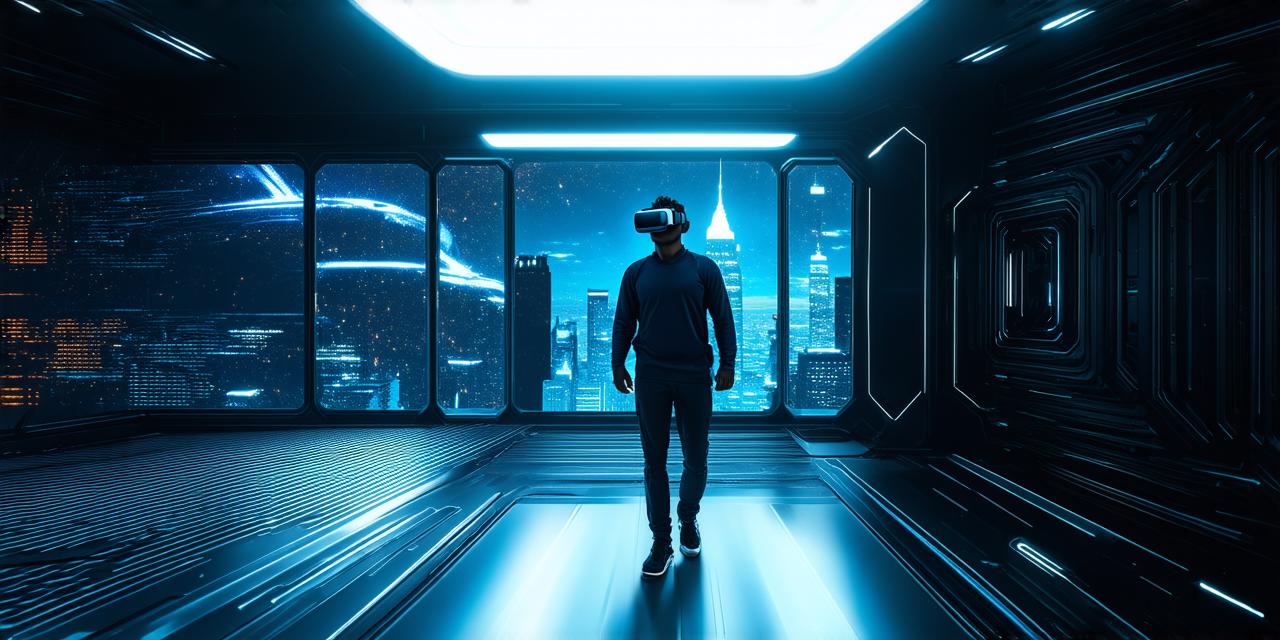Advancing VR Technology
One of the reasons why people seek to advance VR technology is the desire to create more immersive experiences for users. As technology advances, it becomes possible to create environments that are more realistic and interactive, allowing users to feel like they’re truly in another world.
Another reason why people seek to advance VR technology is the potential for it to revolutionize industries such as gaming, education, and healthcare. By creating virtual environments that simulate real-world situations, VR can provide a safe and controlled environment for users to learn or practice new skills.
Virtual reality can also be used in the gaming industry, providing players with a more immersive gaming experience. Instead of just watching a game on a screen, players can feel like they’re actually in the game world, making it more engaging and enjoyable.
Benefits of VR Technology
One of the main benefits of VR technology is that it allows people to experience things they may not have the opportunity to otherwise. For example, people who are unable to travel due to financial or health constraints can use VR to explore different parts of the world without leaving their homes.
VR technology can also be used to improve mental health and well-being. Studies have shown that virtual reality can help reduce anxiety, depression, and post-traumatic stress disorder (PTSD). For example, veterans who have experienced combat can use VR simulations to confront and process traumatic memories in a controlled environment.
Virtual reality can also be used in the education industry to create more engaging and interactive learning experiences. Instead of just reading about history or science, students can use VR simulations to explore these subjects in a more hands-on way. This can make learning more enjoyable and effective.
Case Studies
One example of how VR technology is being used to improve education is the “Anatomy VR” app. This app allows medical students to explore the human body in a virtual environment, allowing them to see and interact with different organs and systems in a way that’s not possible with traditional textbooks or cadavers.
Another example of how VR technology is being used for medical training is the “Virtual Reality Medical Center” in San Diego, California. This center uses VR simulations to train surgeons and other medical professionals in a variety of procedures, allowing them to practice and perfect their skills in a safe and controlled environment.
Summary
In conclusion, people seek to advance VR technology because it allows for more immersive experiences and has the potential to revolutionize industries such as gaming, education, and healthcare. The benefits of VR technology include improved mental health and well-being, increased engagement in learning, and the ability to experience things that may not have been possible otherwise. As VR technology continues to advance, we can expect to see even more exciting and innovative uses for it in the future.
FAQs
Q: What are some of the potential uses for VR technology in industries other than gaming and education?
A: VR technology has the potential to be used in a variety of industries, including healthcare, retail, and even tourism. For example, VR can be used to create virtual tours of museums or historical sites, allowing people to explore these places without actually being there.
Q: Is VR technology still in its early stages of development?
A: While VR technology has come a long way in recent years, it’s still a relatively new and rapidly evolving field. There is ongoing research and development being done to improve the technology and make it more accessible and affordable for everyone.
